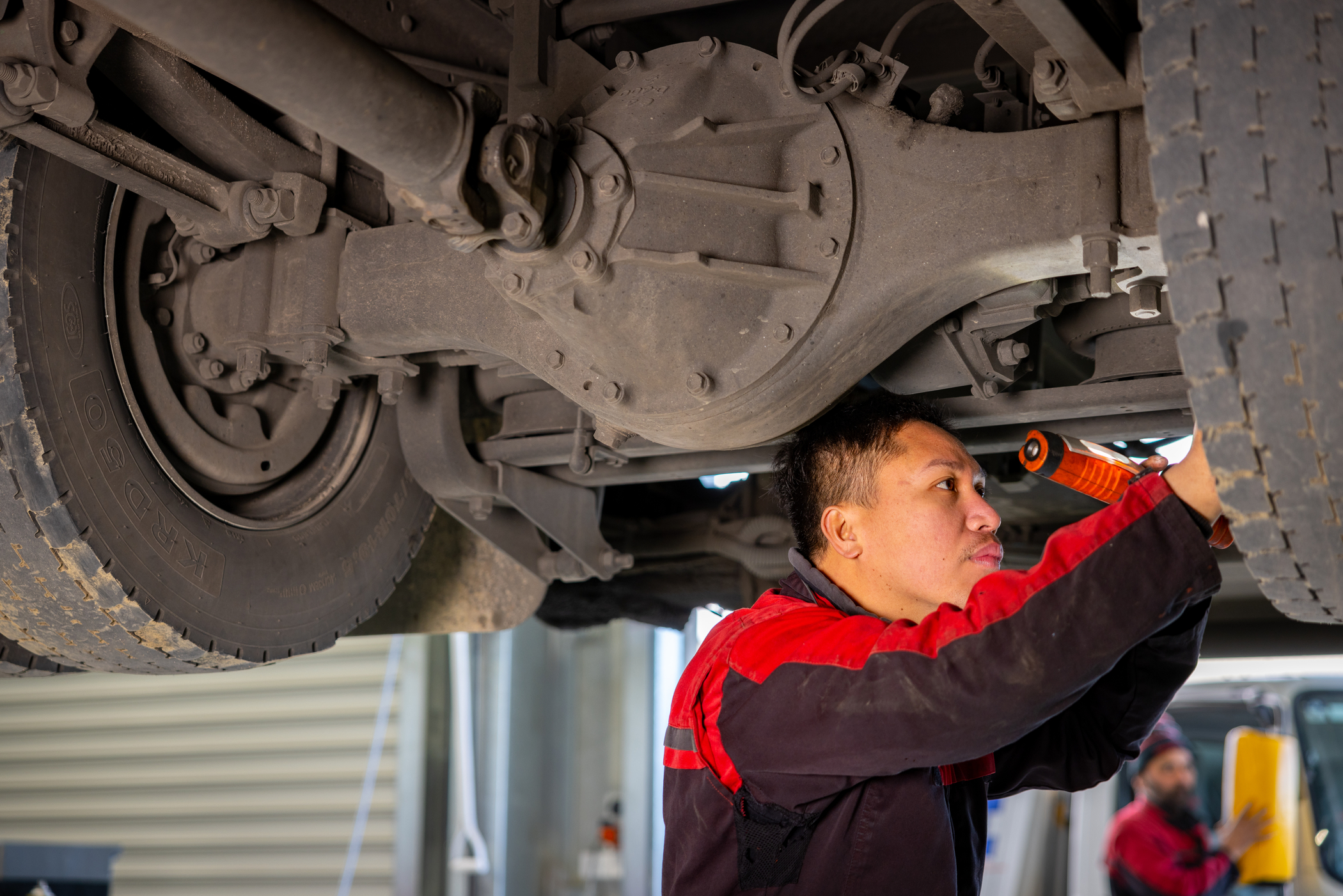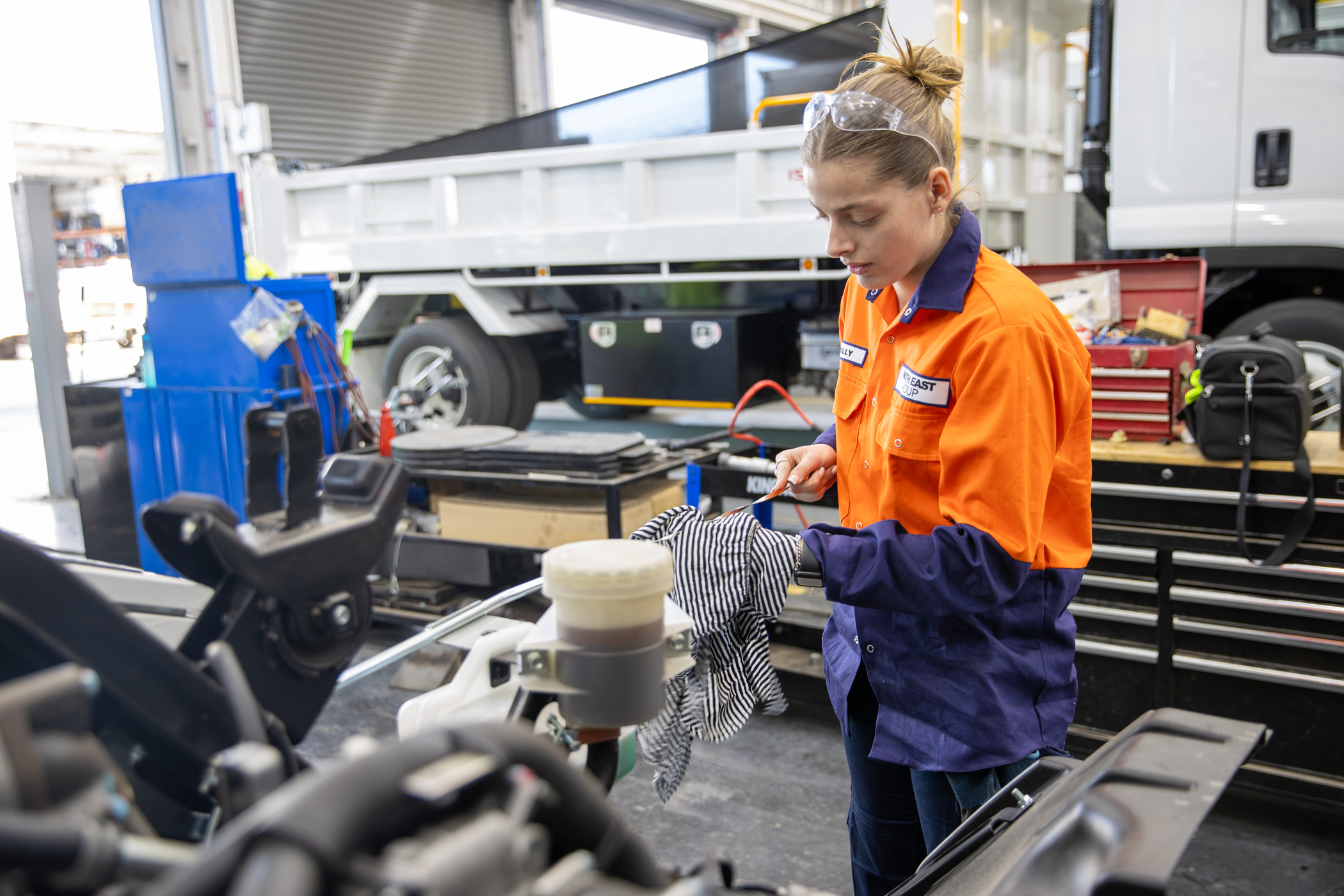Beating the downtime blues

If you’re working in transport, your day is probably only getting busier, with more freight and supplies to handle, customers to satisfy, and compliance hoops to jump through than ever before.
With so much to do, it’s no wonder that owner-drivers and fleet managers are constantly looking for ways to reduce vehicle downtime.
This blog looks at some simple ways to do it without breaking the bank.
Keep on rolling
One effective way to reduce downtime and general wear and tear is to replace tyres (as needed) with those recommended by the truck’s Original Equipment Manufacturer (OEM).
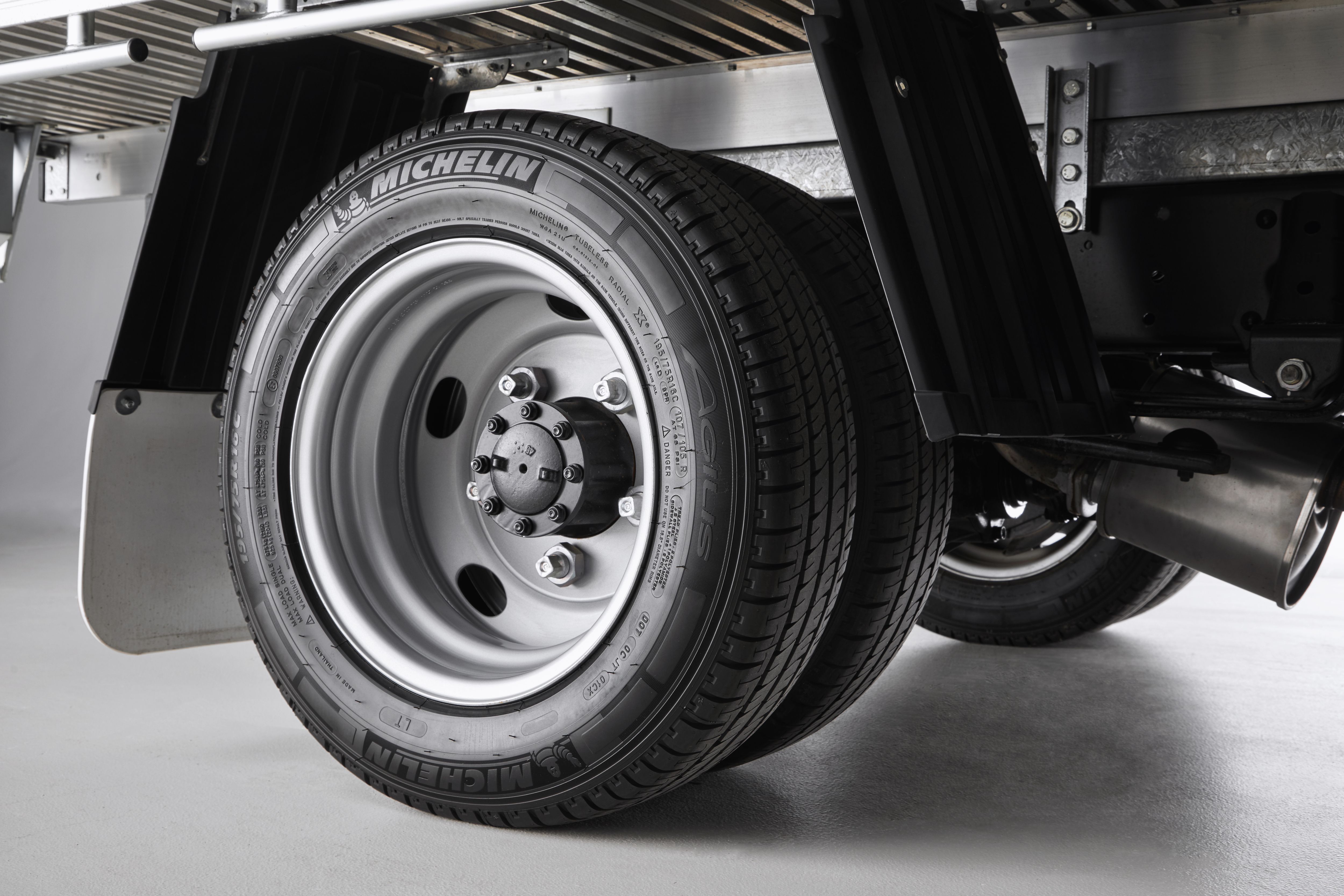
High-quality tyres are proven to last longer than low-cost alternatives and perform more reliably over the long term, so they typically don’t need to be replaced as frequently.
Caring for your tyres properly can also contribute to decreased downtime. A quick check-over in the morning for cracks, uneven wear on tyre tread, embedded debris, and torn chunks will help to mitigate issues down the line.
Checking that the tyre pressure is correct will also maximise grip and stability on the road, improving fuel consumption, extending the tyre's lifespan, and improving your truck's overall performance.
Plan it forward
It might be tempting to postpone a service or forgo daily checks when you’re busy. While this might save you some minutes, it can quickly lead to bigger maintenance issues that cost more for your business.
This is why following an authorised truck service schedule that includes preventative maintenance can be crucial for keeping a truck in good condition.
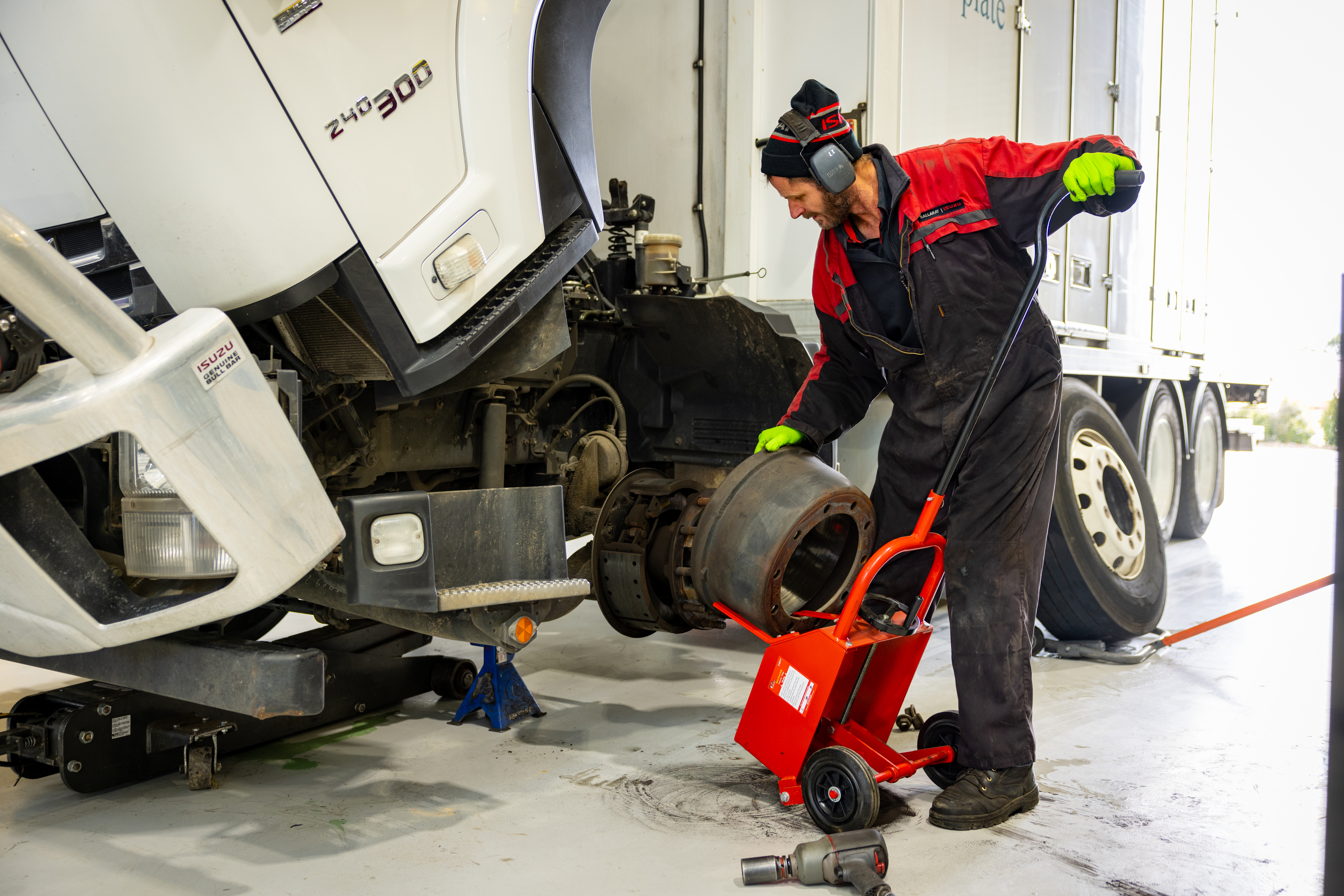
Preventative maintenance reduces the risk of expensive repairs that can result in extended time in the workshop, costing time and money.
Being prepared for downtime is a great way to start, both in terms of interruptions to regular business and having a clear vision of how much it’s going to cost financially. One way to do this—and streamline the budget—is to discuss a service agreement with your truck OEM.
For example, some service agreements offer maintenance plans with an upfront fee that covers the first three or six years of critical parts replacement and servicing. In contrast, others have regular monthly payment plans over the same periods.
If you’re in the market for a new vehicle, it’s always worth checking whether any promotions are available on prepaid and planned service schedules—no harm in getting the most bang for your buck!
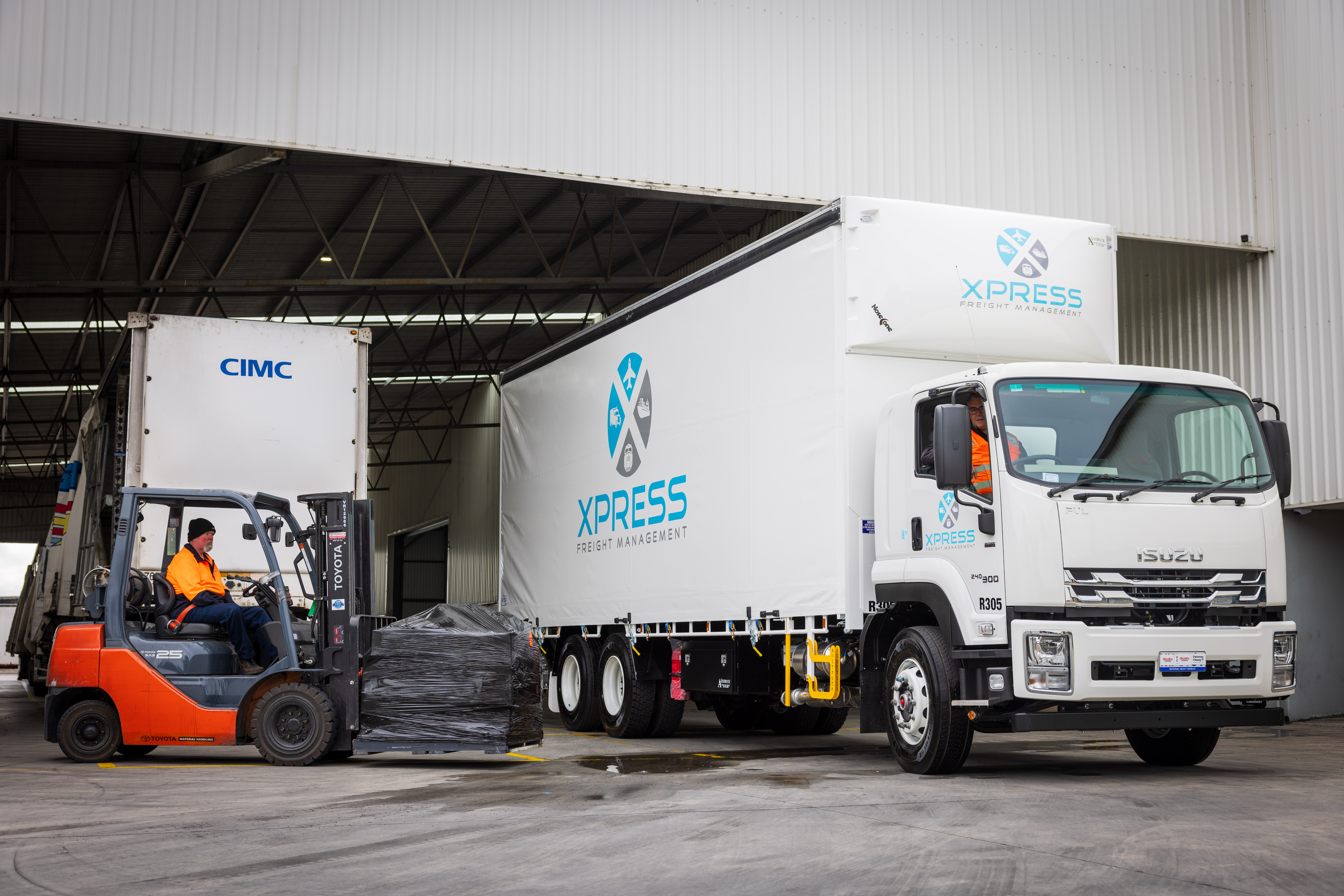
Part and parcel
While there’s a valid concern that using genuine parts, oils, and lubricants recommended by the OEM can cost more than using cheaper aftermarket parts, it can pay off in the long run. For most people, owning a truck isn’t a short-term prospect.
As genuine and OEM-recommended materials are matched with specific truck models for optimum performance and longevity of use, this feeds into reducing downtime.
When a replacement truck part is not the right match or is of lower quality than your truck requires, wear and tear occurs more quickly. This also applies to lubricants and oils; many OEMs stock their own or partner with manufacturers of premium products.
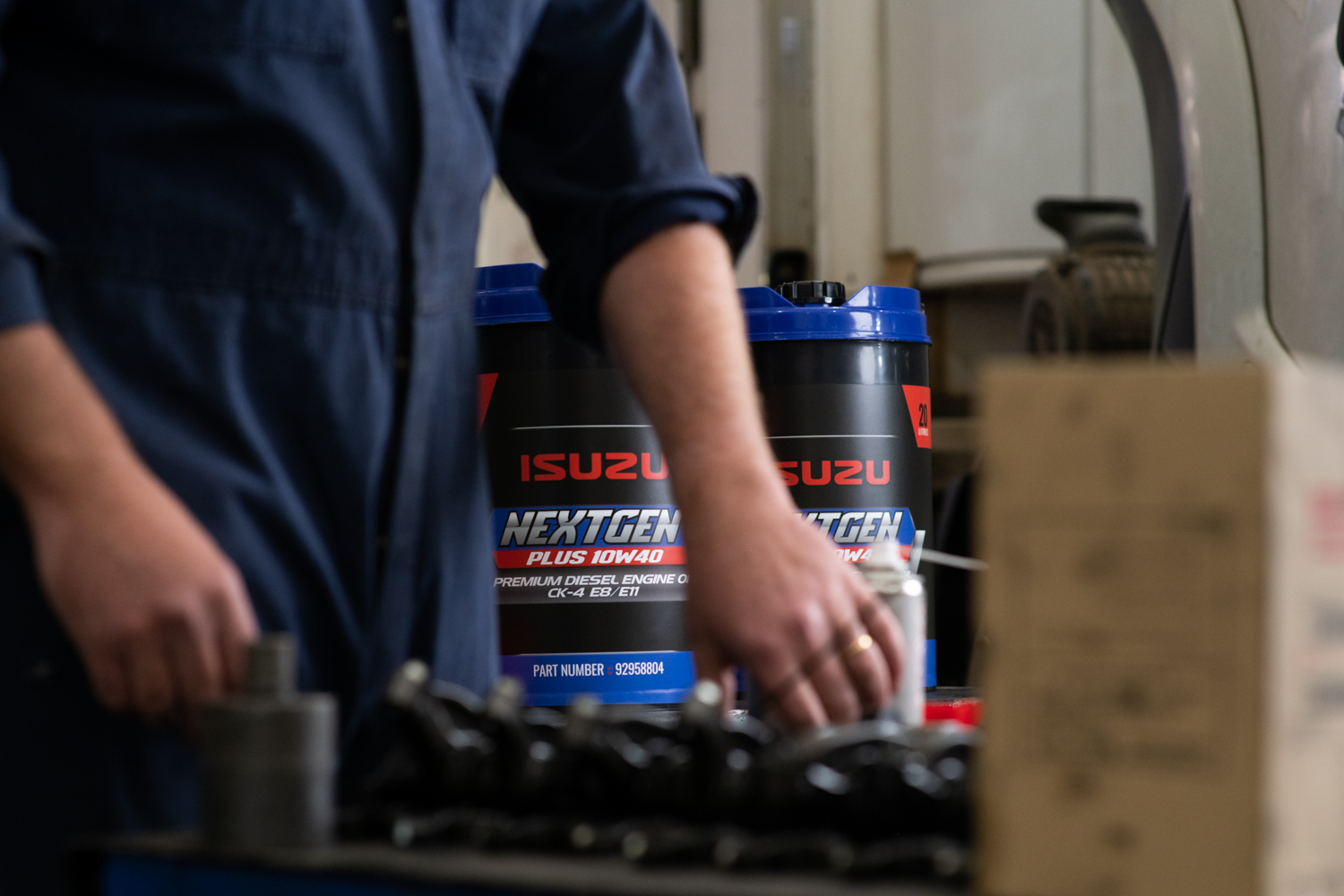
This is relevant to the value of obtaining a service agreement for a truck, where what goes under the hood (or into the cab) is guaranteed to be of a certain standard and quality.
What's in a warranty?
Beyond providing some peace of mind, a good truck warranty (supported by a good dealership network) ensures that if there is a major issue during the warranty period, it increases the likelihood that you’ll get it sorted promptly.
One key benefit of some OEM warranties is an extended period of roadside assistance, so there’s someone to turn to in times of stress and speed you on your way to the workshop for repairs.
However, not all warranties are created equal and can be affected by where you choose to have your servicing and parts replacement done, so it’s worth doing your homework on any truck purchase.

Plan ahead
While no one can guarantee a truck will always be on the road, forward planning can go a long way to decreasing potential downtime, giving you a clearer picture of how much to expect in your time and finances.
Your service manager or sales dealer at the local dealership should be happy to discuss what strategies and deals are available to help keep your business on the road.
What is total cost of ownership? Check out this blog for more and see how smart Aussie businesses calculate value on their trucks.


Lead the charge with Australia’s favourite truck.
2025 heralds Isuzu Trucks’ 36th year as market leader.* Number one in more than just sales, though, Isuzu Trucks has an unparalleled dealer support network, customer care program, truck range, and legendary reliability. To get behind the wheel of a winner, get into your nearest Isuzu Trucks Dealer now or visit isuzu.com.au
Learn More
